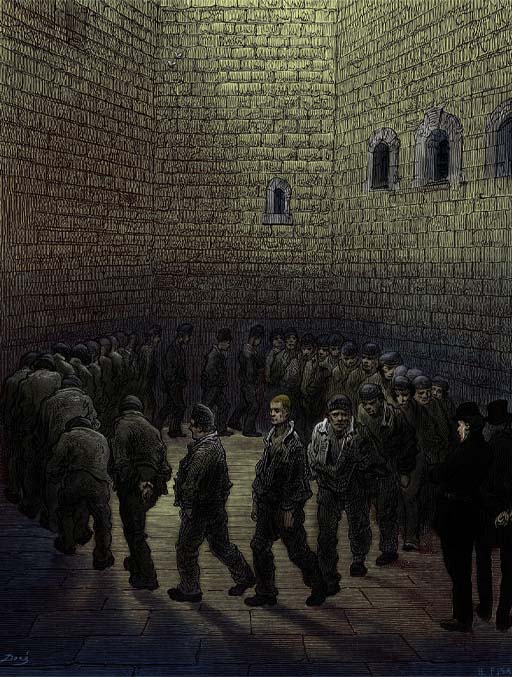1 Behind the prison walls
In Sessions 6 and 7, you learned about the desire of penal reformers and administrators such as Edmund Du Cane to create a uniform and deterrent penal regime in both the convict and local prison sectors. By the late 1870s, the convict prison system had been turned into ‘a huge punishing machine’ (Radzinowicz and Hood, 1990, p. 545). The regime in local prisons after their nationalism in 1878 aimed to deliver a short, sharp shock to those with sentences of imprisonment to dissuade them from returning.

At the same time, the flow of information from prisons to the outside world was dramatically curtailed. By the 1860s, visits from prisoners’ families and friends, charitable ladies and gentlemen and journalists had been greatly restricted. In 1878, the independent prison inspectorate – which had provided Parliament with reports on local prisons in England, Wales and Scotland since 1836 – was abolished. From the 1870s, annual reports from the Convict Prison Directors on convict prisons were reduced in length and contributions from officials such as chaplains were censored (Forsythe, 1987, p. 202). Annual reports produced by the Prison Commissioners on local prisons from 1878 were both short and self-congratulatory. An impression of order and uniformity in both sectors was conveyed.
